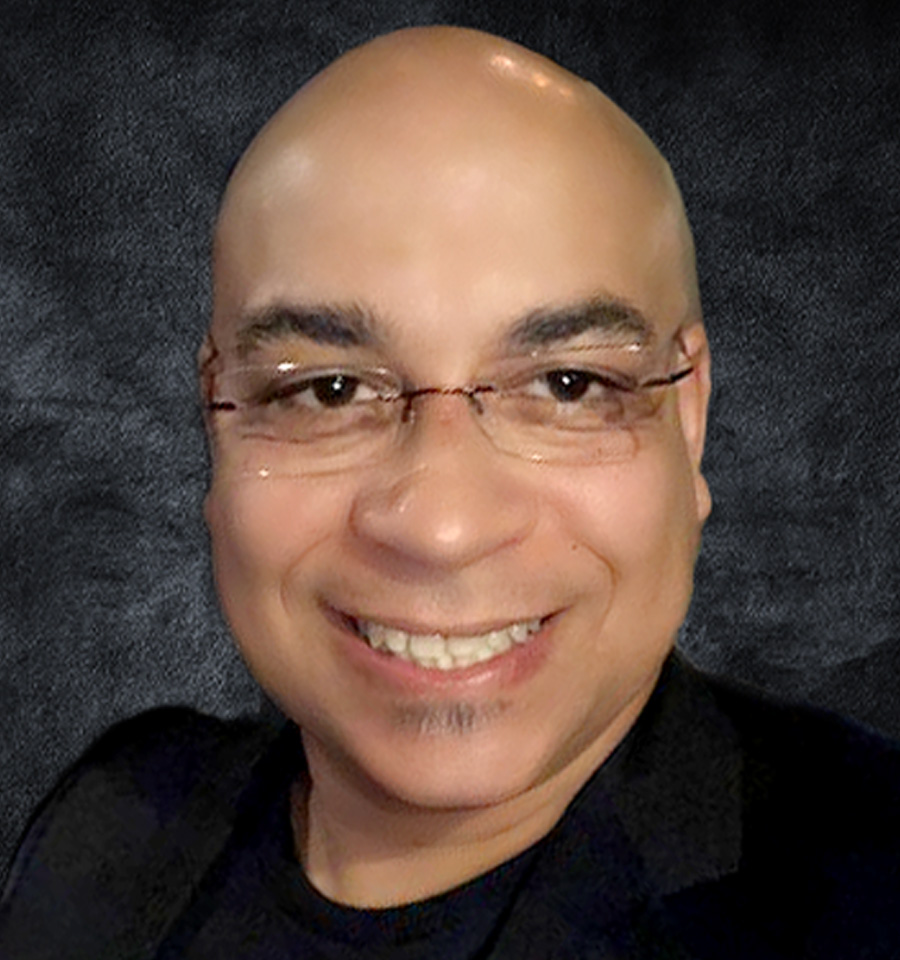
fter four years, more than 100,000 public comments and three field reviews, the California State Board of Education adopted the Ethnic Studies Model Curriculum on March 18, 2021. For districts looking to create and support ethnic studies courses, teacher professional development will be an important element in implementation.
And with good reason: research has documented academic and social value for all students taking ethnic studies classes.
As part of my role as co-chair to the curriculum committee of Ethnic Studies Now Sacramento with Drs. Gregory Yee Mark and Margarita Berta Avila; and as co-principal investigator of a U.S. Department of Education Developing Hispanic-Serving Institutions (DHSI) grant, I facilitate ethnic studies face-to-face and virtual professional development for school districts throughout California, especially the Sacramento region. With the recent release of California’s Ethnic Studies Model Curriculum, many more school board members and educators are thinking about ethnic studies in their districts. Below, I’ve provided an outline of the framework our team followed in providing professional development for new and returning cohorts of ethnic studies teachers to help ensure the same valuable experiences and outcomes described in the literature.
Our ethnic studies professional development framework is research-based, historically consistent, culturally sustaining and curriculum-oriented.
- Research based. There are many misconceptions about ethnic studies. Ethnic studies does not simply mean adding content about diverse ethnic communities. Ethnic studies is a discipline with a history, a body of knowledge, artistic expression and social positioning. Contemporary studies note that ethnic studies can reduce truancy, decrease dropout rates, and increase grades and test scores across subject matter. Ethnic studies curriculum that generates academic and social value organizes instruction around indigeneity/Native American sovereignty and personal roots; understanding colonization and dehumanization; identifying how communities are marginalized; and exploring community resistance and transformation. Ethnic studies also involves students working to solve problems in their community that they are interested in addressing. For example, in Sacramento, we created Our Stories in Our Voices — the first ethnic studies textbook for high school — over three years, based on successive rounds of feedback from high school students after using the book. California school board members can allocate resources to help train teachers to create and implement ethnic studies experiences consistent with research.
- Historically consistent. Ethnic studies was established in 1968 at San Francisco State University and in 1969 at the University of California, Berkeley by African American, Asian American, Chicano/Latino and Native American students and their supporters. Over the years, these very ethnic communities have had to advocate fiercely to not be defunded or restructured out of the curriculum. Therefore, for historical accuracy and to fulfill the original goal and research promise of ethnic studies by ensuring continuous presence of these marginalized ethnic communities, they are named explicitly as focal points for knowledge organization. This does not mean that students should not study their own ethnic heritage if they are not African American, Asian American, Chicano/Latino or Native American. As noted above, personal roots exploration is a necessary component of ethnic studies. What it does mean is that teachers need to be trained to organize their curriculum around the history and culture of these historically marginalized ethnic communities in a research-based ethnic studies survey class.
- Culturally sustaining. Four elements of professional development for ethnic studies teachers that make it culturally sustaining are a re-emphasis of the above with a sharper focus. They include indigeneity, immersion, intersectionality and identity.
- California indigeneity: While this certainly means the study of California Indians whose communities reside or traditionally resided in the school or district community, it also means land acknowledgement. This can be done by teaching and modeling rituals where we openly acknowledge specific California Indian communities as the original inhabitants of the school community and district land. Additionally, it means researching the indigenous communities originally inhabiting the lands where we live or where we grew up or were born. Lastly, it means understanding settler colonialism and disrupting longstanding curricula that reinforce false narratives, such as units of study about the California Missions or the Gold Rush. Ethnic studies alternatives exist that can be adopted, such as the California Indian Curriculum.
- Critical immersion: Immersion in diverse ethnic communities can help build educators’ empathy, knowledge base and solidarity. While ethnic studies educators should not be expected to be experts in all of the ethnic communities studied in a survey class, they should be able to move comfortably into other communities with appropriate cultural humility, inquiry and solidarity.
- Personal identity: All ethnic studies teachers should engage in researching and writing their own “critical family history” as part of their professional development, according to education researcher Christine Sleeter. That is a process of first reconstructing family genealogies, geographies and stories; then identifying historic events significant or highly impactful to African Americans, Asian Americans, Chicano/Latinos and Native Americans, first, and ethnic communities second; and finally situating family history within one or more of these events and narrating the points of connection, overlap, conflict or contrast.
- Curriculum planning. Teachers need to understand ethnic studies professional development experiences as personal and professional. Professionally, they need time to apply the research-based frames outlined in point number one above to unit plans, lesson plans, and instructional strategies and resources. In our professional development we have adapted this paradigm to the following questions: Who am I? Where do I come from? Where am I? And where am I going? Our Stories in Our Voices organized this paradigm according to the following reading units: Inventing Images, Representing Otherness, Ghosts of the Past, Representing California, and Solidarity.
Ethnic Studies Interactive: www.ethnicstudiesinteractive.com
Rethinking Ethnic Studies published by Rethinking Schools.
The Liberated Ethnic Studies Model Curriculum: www.liberatedethnicstudies.org